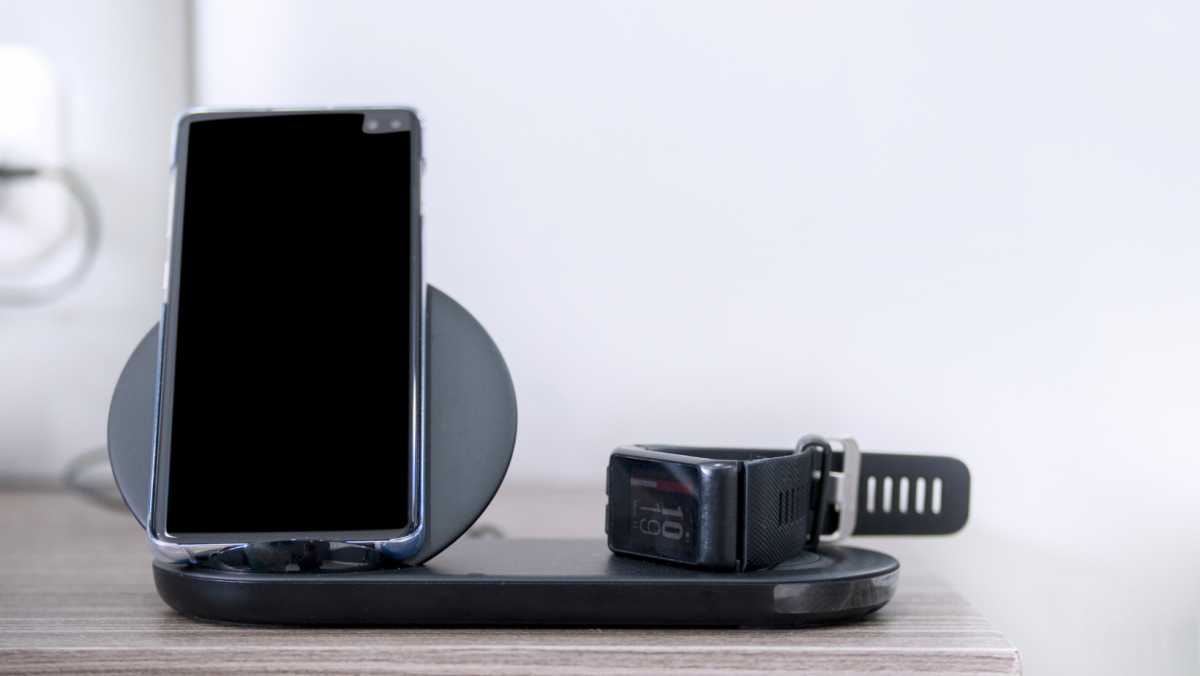Whether or not you choose to recharge using a wired or wireless method may largely depend on your preference and personal charging needs. Take, for instance, the following facts:
Many of us have experienced annoyance when we realize that our devices require multiple chargers – like when we need different chargers for our iPhones and Android phones. A wireless charging pad may be that one-size-fits-all solution you are looking for; and it may not…
One of the biggest downsides to wireless charging is the fact that it can take so long – about twice the time it takes to charge from zero to 100% with wired charging. That could mean three hours as opposed to 1 1/2, which can be problematic.
However, back one team pro-wireless charging, you have the neater and easier factors. With wireless charging, there are no messy cables and there is no need to plug into your phone. Plus, transmitting power without touching electrical components also reduces your chances of connection failures; and there’s no pulling plugs out all the time, which could place strain on those cables or your connection.
Switching back to team wired (Are you getting whiplash?), there is some research that indicates that less efficient wireless charging may cause overheating which could harm your battery or shorten your battery’s lifespan. Wireless chargers are also typically more expensive than wired chargers.


